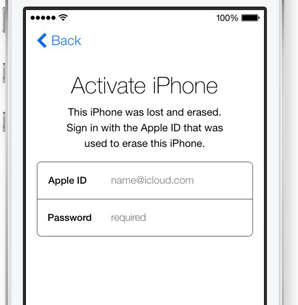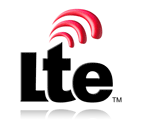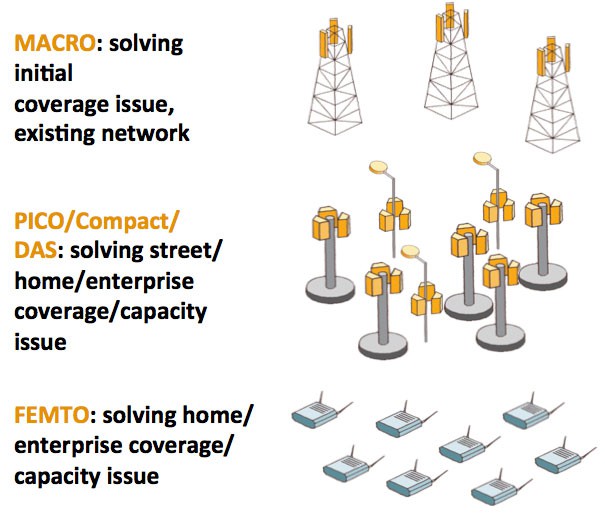
Klobuchar
After months of fruitless discussions with cell phone carriers, the U.S. Senate is moving closer towards legislation that would stop phone companies from blocking “kill switch” technology that could disable lost or stolen phones, discouraging would-be thieves.
Sen. Amy Klobuchar (D-Minn.) sent letters this week to Verizon Wireless, AT&T, Sprint and T-Mobile asking the carriers to do more to protect customers from phone theft.
Klobuchar is concerned wireless companies may be blocking cell phone manufacturers from enabling anti-theft technology customers could activate to disable missing phones and prevent unauthorized access or reactivation without the customer’s consent.
“Mobile devices aren’t just telephones anymore – increasingly people’s livelihoods depend on them,” Klobuchar said. “That’s why we need to do more to crack down on criminals who are stealing and reselling these devices, costing consumers billions every year. The wireless industry needs to step up to the plate and address these thefts, and make sure consumers have the most advanced security technology at their fingertips.”
The technology is already widely available internationally and has dramatically reduced smartphone theft by eliminating most of the resale value of the expensive devices, which are rendered useless once the phone is disabled.

Apple has contractual control over its products unlike most cell phone manufacturers.
But American carriers have so far refused permission to allow manufacturers like Samsung to introduce the feature in North America. Apple has successfully introduced a “kill switch” on many of its latest devices thanks to favorable contractual language that limits outside interference with the software Apple develops for its wireless devices. Other manufacturers are generally required to bow to carrier demands.
“I think that this is motivated by profit,” San Francisco district attorney George Gascon told CNN. Gascon reported he had seen e-mails from carriers that rebuffed Samsung’s efforts to introduce the technology in the American market.
Companies like AT&T claim that a “kill switch” feature could be exploited by hackers and make restoring service extremely difficult. But manufacturers and proponents of kill switch technology dismiss that argument, claiming the process is easily reversible once a customer enters a correct name and password. Critics believe carriers are motivated by the potential loss of millions from the sale of insurance plans, replacement phones, and the increased revenue earned from the reactivation of stolen phones.
With more than 1.6 million smartphones stolen or lost annually, carriers sell more than $800 million of replacement phones worth at least $500 each. Wireless phone companies also profit selling insurance plans priced at $7 or more monthly that offer free or discounted, typically refurbished cell phone replacements. Most customers never use the insurance plans, earning providers an extra $84 a year in revenue per customer.
Without kill switch technology and other theft prevention measures, the incentive to steal valuable smartphones continues to increase. As the price of sophisticated smartphones continues to increase, they are a prime target in street crime incidents. In San Francisco, 67% of robberies are related to mobile devices, according to the police department. Ten percent of phone owners have had a phone stolen, according to a Harris poll.
For now, the industry has only agreed to develop a voluntary database of phones reported lost or stolen. But participating carriers are largely American, allowing crooks to bypass the list by exporting phones overseas where they are quickly reactivated.
Klobuchar wants carriers to go on the record about kill switch technology, and her letter requested a formal response to three questions:
- Whether companies received offers from handset manufacturers to install “kill switch” technology;
- Have companies introduced the technology and, if not, why not;
- How companies will introduce such technology in the future.
[flv]http://www.phillipdampier.com/video/CNN Kill Switch Smartphones 11-20-13.flv[/flv]
CNN reports American cell phone companies aren’t interested in allowing customers to remotely disable their lost or stolen cell phones. (0:43)


 Subscribe
Subscribe Qualcomm
Qualcomm  Jacobs said the LTE standard was more advanced than Wi-Fi and capable of limiting interference to other devices. LTE could also be adopted for one-way broadcasts that other nearby users could watch without clogging the airwaves.
Jacobs said the LTE standard was more advanced than Wi-Fi and capable of limiting interference to other devices. LTE could also be adopted for one-way broadcasts that other nearby users could watch without clogging the airwaves.
 Critics contend satellite broadband is not a good long-term solution except in the most rural of sparsely populated areas. Although providing wired service may be too costly, ground-based wireless services could be the most capable technology to contend with future demand and capacity concerns.
Critics contend satellite broadband is not a good long-term solution except in the most rural of sparsely populated areas. Although providing wired service may be too costly, ground-based wireless services could be the most capable technology to contend with future demand and capacity concerns. An independent cell phone provider in Idaho has found a unique niche to innovate beyond offering traditional cell phone service by launching unlimited 20Mbps home broadband Internet access over its wireless 4G LTE network.
An independent cell phone provider in Idaho has found a unique niche to innovate beyond offering traditional cell phone service by launching unlimited 20Mbps home broadband Internet access over its wireless 4G LTE network. Syringa’s fixed wireless broadband puts the company in a stronger position for a Wireless Internet Service Provider (WISP), because it is able to also market traditional cell phone service for its rural customer base. Syringa still sells unlimited smartphone data plans and has a roaming agreement with a major national carrier for cell phone users traveling outside of Syringa’s home service area.
Syringa’s fixed wireless broadband puts the company in a stronger position for a Wireless Internet Service Provider (WISP), because it is able to also market traditional cell phone service for its rural customer base. Syringa still sells unlimited smartphone data plans and has a roaming agreement with a major national carrier for cell phone users traveling outside of Syringa’s home service area.


